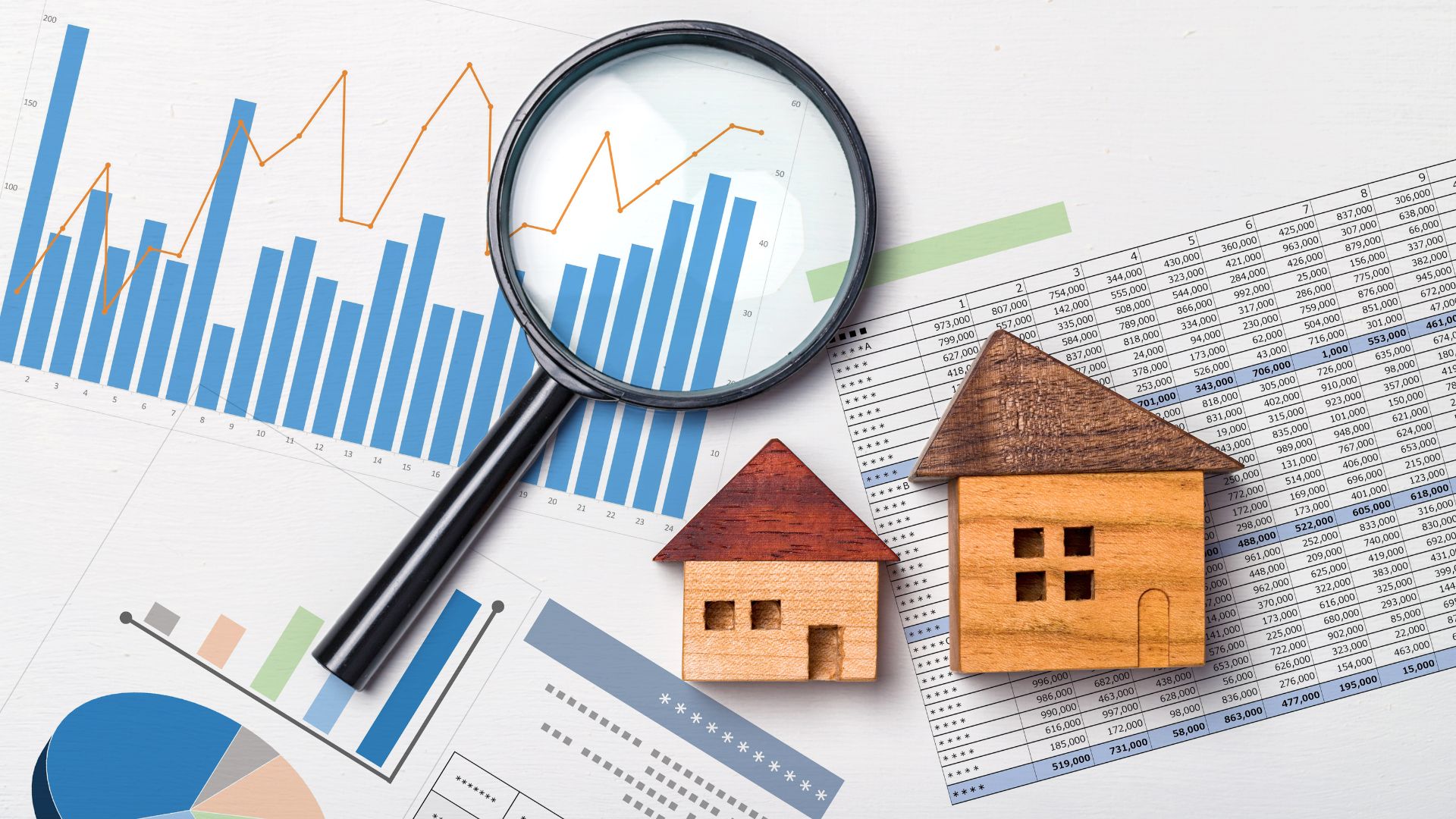“You make your money on the buy” is a phrase that is always thrown around in the real estate industry. I don’t disagree with it, but I think people are using it as a crutch to stop investing today as the market feels like it is nearing a peak. We are still buying properties today, and expect to close on 1000 units this year. We fundamentally believe in the need for workforce housing and spend all day every day looking for value add opportunities in growing markets.
But we also aren’t naïve to current market conditions. We understand we are currently experiencing the longest economic recovery in history and prices are high. In fact, we recently wrote an article about the steps we are taking to ensure we stay
conservative in our underwritingas we evaluate deals.
My problem with the phrase “you make your money on the buy” is that you are inherently not focusing energy on the exit. That if you buy right, you’re good and nothing else much matters. We are constantly thinking about the exit, and trying to predict market conditions at the time of disposition. A huge part of that conversation for us is the debt product we choose.
For our current property (slated to close in April) we are pursuing long-term debt (a 10-year fixed rate note on a 30-year amortization schedule) to give us maximum flexibility at the time of disposition. In this article, I want to highlight the benefits of long-term debt and why we’ll be using longer-term loans for the coming year. Note that we typically use Agency-backed (Freddie Mac/Fannie Mae) on all our projects.
Certainty of Payments
Several years ago, when interest rates had flat-lined the most popular loan product was a floating interest rate on a 5- or 7-year loan. A floating rate product comes with no pre-payment penalty and is perfect for a quick-turn business plan when you expect to sell the asset before the loan is due. The risk is each month your payment will fluctuate as LIBOR rates move—which wasn’t happening at the time.
Today, interest rates seem to be on the rise and with the Fed promising to raise rates higher in 2018, you are almost assured your payments on a floating rate product will be higher next year than they are now. Given this environment, locking in a fixed interest rate allows us to precisely peg our monthly debt payment for the projected life of the project–and accurately predict our cash flows over our hold period. That gives both us and our investors confidence in our pro-forma, and frankly lets me sleep easier at night.
Keep us in control of the timing
The last thing we want as operators is to be forced to sell a property at the wrong time—remember for us the disposition is just as important as the acquisition. With long-term debt, we remain in control of when we sell. I can’t imagine getting a 3-yr loan right now on a new acquisition, knowing that we have a very small window to execute our business plan as we stare at uncertainty in the marketplace. That worked 3-4 years ago, but I’m not so sure it’s a prudent play in 2018.
Its one of the main reasons we are pursuing deals that qualify for agency debt where we can lock in a longer-term loan. We just passed on a deal that would only qualify for a short-term bridge loan. With a 10-year loan, we can decide if we want to sell in year 4 or 5 (our plan), or if we need to hold on to the property for an extra year (or 5) based on what’s happening in the market. We don’t love the idea of having a gun to our head and being forced to sell.
The best way to avoid having a gun to your head is to have options. With a 10-year, fixed rate loan we have three distinct exit options—which again puts us in control of things and helps maximize investor returns. Those options are:
- Execute our business plan and sell in year 5
This one is pretty straightforward. After we complete our renovations and implement all our value-addValue-add is a strategy where an investor or property owner seeks to increase the value of a property by making significant improvements or changes to it. The goal is to enhance the property's appeal, functionality, and income-generating potential, which can lead to higher rental income, increased property valuation, and improved overall performance. View Definition strategies, we project the property will be worth more and ready to sell. This loan allows us to sell in year 5 and pay an early exit fee on the loan (which we include in our underwriting). If all goes according to plan, we’ve just paid interest-only the entire time of our hold period.
- Creates an attractive assumption asset.
If interest rates continue to rise, our rate is locked in around 4.5%. What if rates hit 6% or 7% over the next couple of years? The loan terms suddenly become very attractive for a new buyer who would benefit from 5-6 years of a fixed rate well-below what a new loan would cost them.
- Allows us to ride out any market softness by simply holding the asset. (See the earlier point above). This is the “worst case scenario” where we could, if necessary, continue to manage a cash-flowing asset, make investor distributions and wait for the market to rebound before selling. Not a bad worst case.
Longer Interest-only Periods
With our current 10-year loan, we have qualified for 5 years of Interest-only payments. Basically, the entire time we plan to own and manage this asset we are only paying interest. This helps our
cash flowThe money that is left over each month or year from the property's income after paying for operating costs, mortgage, taxes, and other expenses. Positive cash flow occurs when the income exceeds the expenses, while negative cash flow indicates that the property's expenses are higher than the income it generates. View Definition and boosts cash-on-cash returns to our investors. And its something that just isn’t possible with a shorter-term loan.
We view debt, and our debt partners, as a key strategic part of our business. With this focus and strategy on acquiring longer-term, fixed rate debt we know we’re taking risk of the table, and ensuring capital preservation for our investors that allows us the most flexibility in operating the deal.
I mean, who really wants a gun pointed at their head?
Written by Andrew Campbell
Andrew Campbell is a native Austinite and Managing Partner at Wildhorn. He is a real estate entrepreneur who first broke into the business in 2008 as a passive investor. In 2010 he transitioned into active investing and management of a personal portfolio that grew to 76 units across Austin and San Antonio. He earned his stripes building and managing his personal portfolio before founding Wildhorn Capital and focusing on larger multifamily buildings. At Wildhorn, he is focused on Acquisitions and maintaining Investor Relations, utilizing his marketing and communications background to build long-term relationships.








